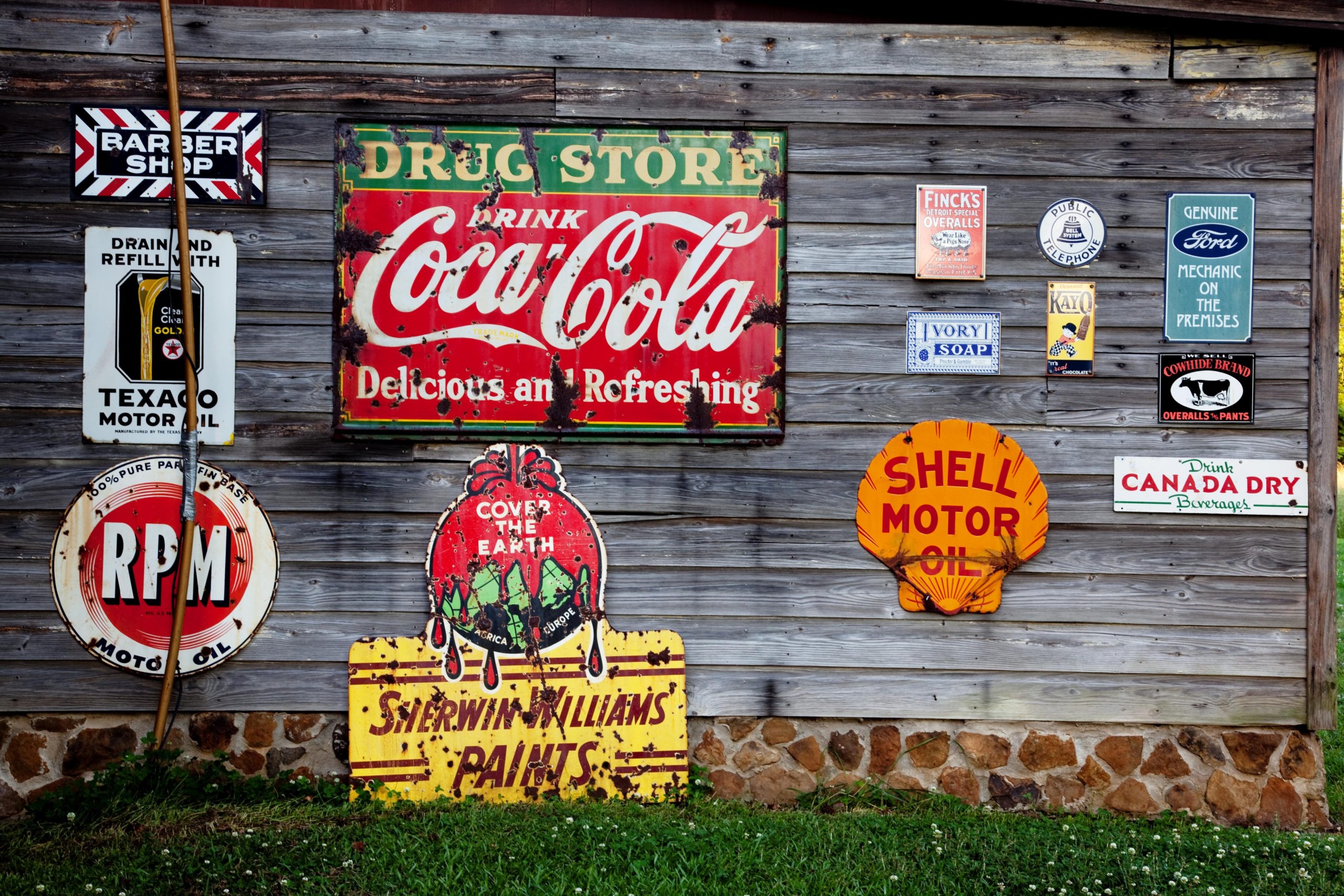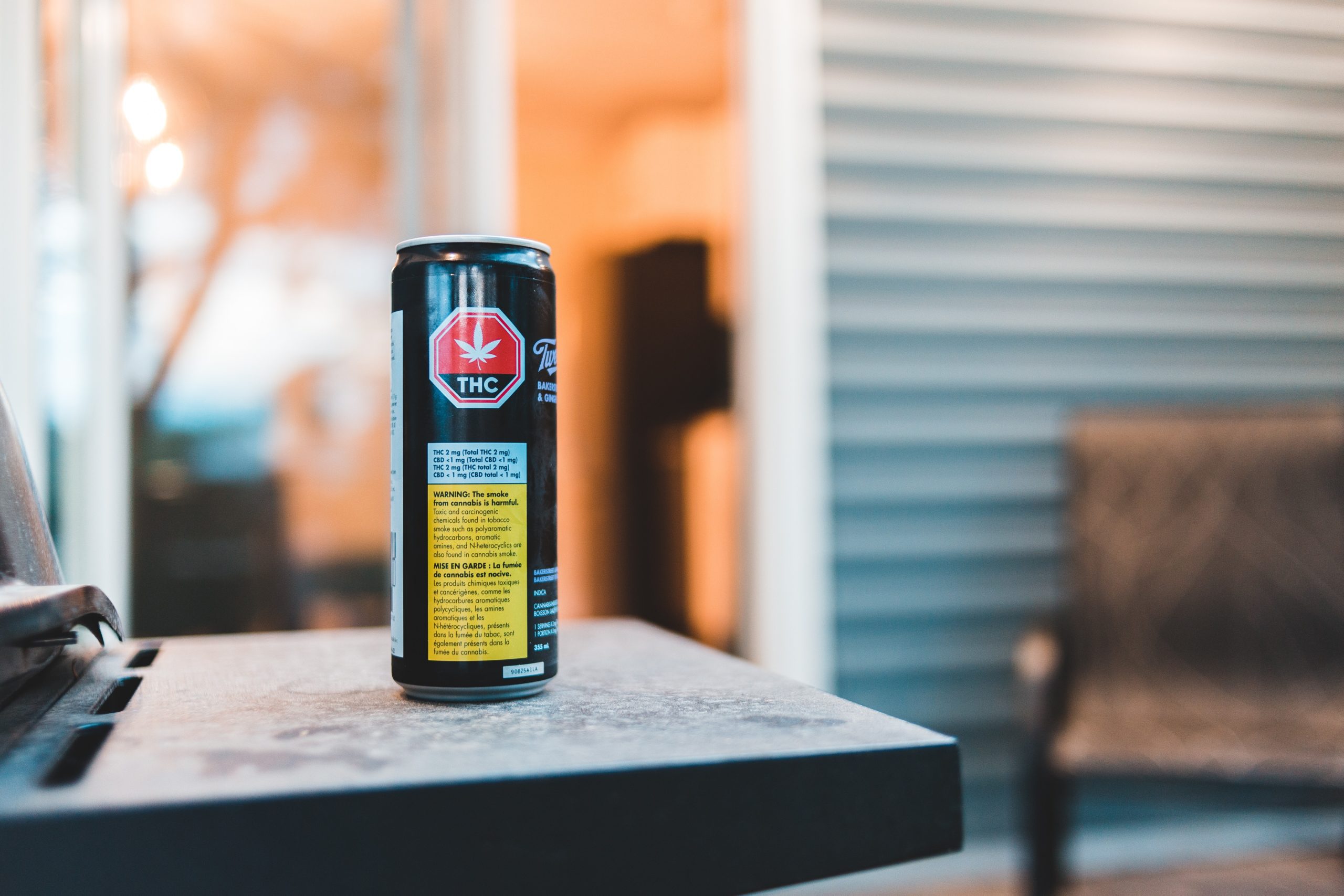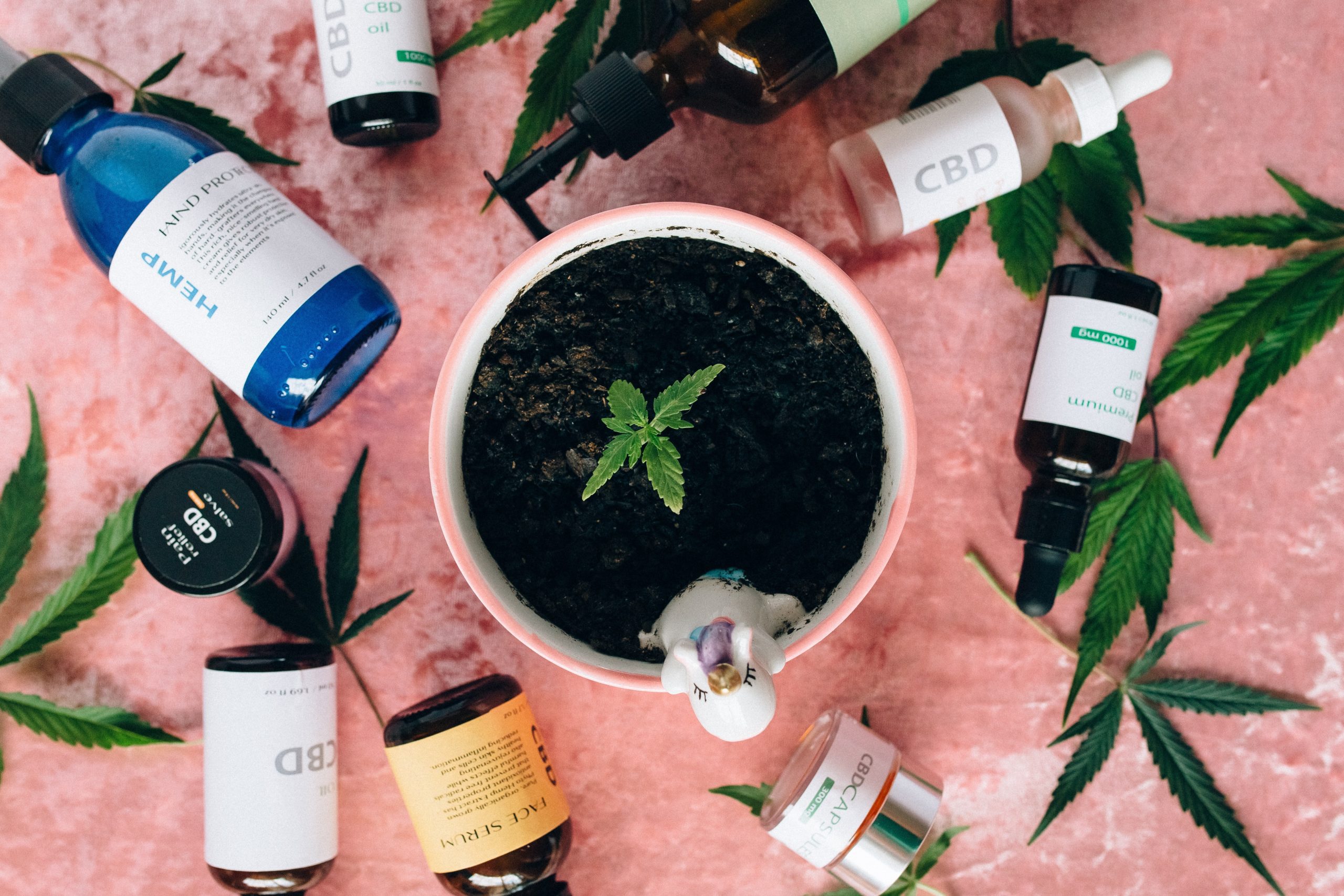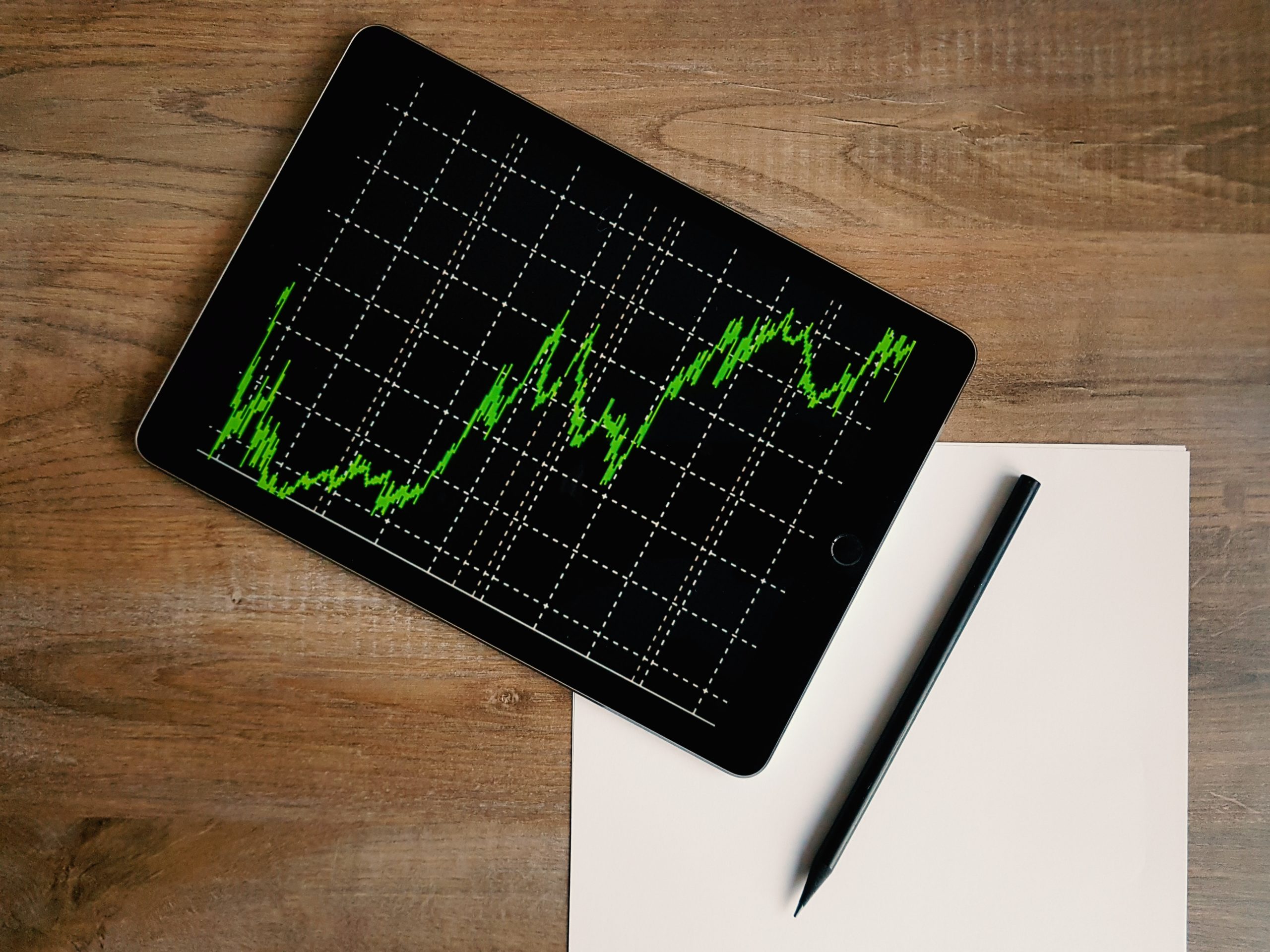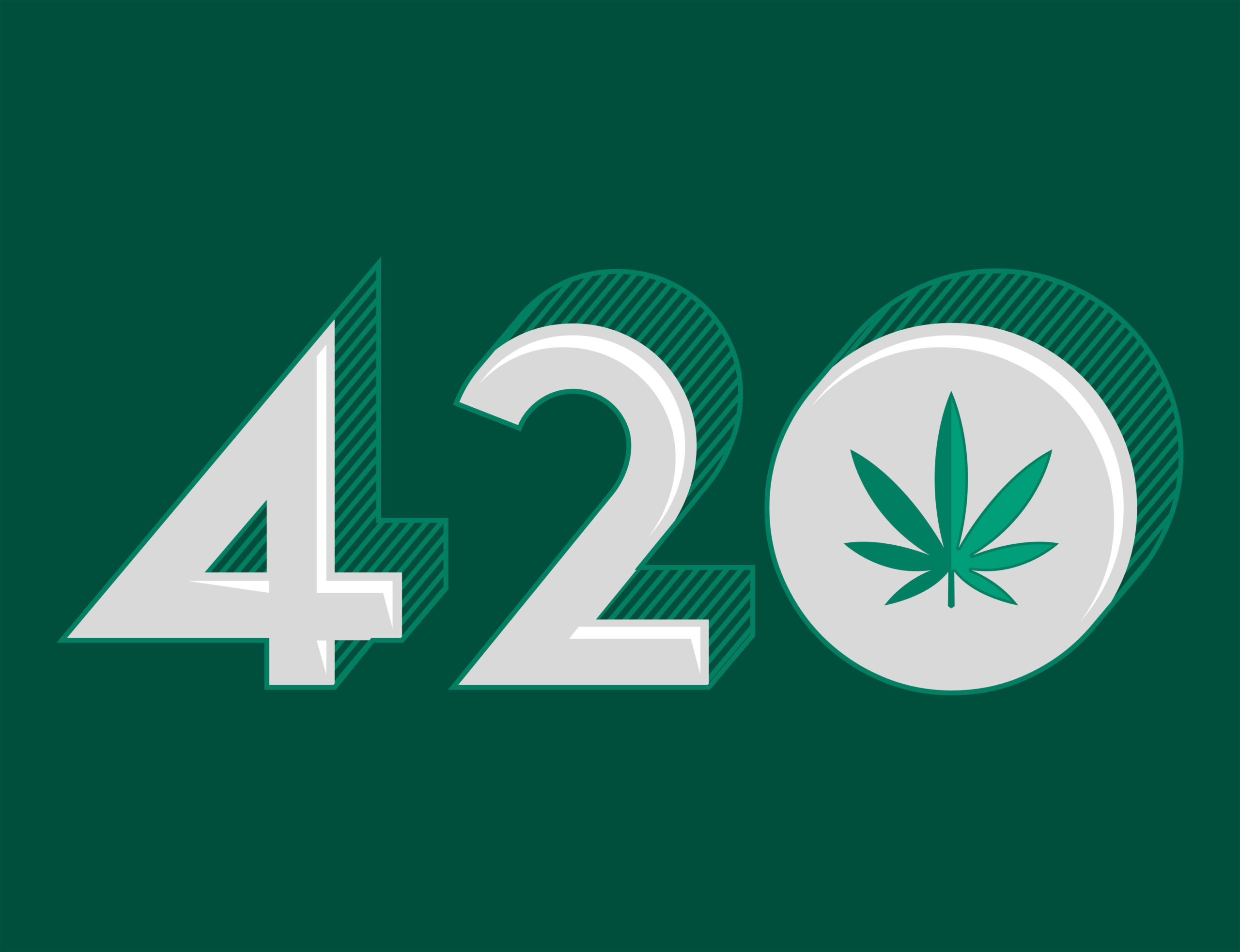
April 20th, 4/20, or 4:20 on the clock, has become a celebrated day and time in cannabis culture. People around the world gather to enjoy cannabis products and advocate for the legalization of marijuana. But how did this date and time become so significant?
The Origins of 420
The history and origin of 4/20 as a date synonymous with the consumption and celebration of marijuana is an interesting tale that intertwines with counterculture movements, the quest for freedom, and the power of a simple phrase. Let’s dive into the story and explore how 4/20 became a significant date in cannabis culture.
The origins of 4/20 can be traced back to the early 1970s in the United States, specifically to a group of five high school students known as the Waldos. These students attended San Rafael High School in Marin County, California. In the fall of 1971, the Waldos, Steve Capper, Dave Reddix, Jeffrey Noel, Larry Schwartz, and Mark Gravich, embarked on a treasure hunt for a rumored abandoned cannabis crop.
Legend has it that a Coast Guard service member stationed at the nearby Point Reyes Peninsula discovered a hidden marijuana cultivation site but was unable to tend to it. The Waldos received a hand-drawn map pointing to the location of the crop and decided to meet at the statue of Louis Pasteur on the school grounds at 4:20 p.m. to start their search. This time was chosen because it was the earliest they could meet after their extracurricular activities.
During their regular hangouts after school, the Waldos would use the phrase “420 Louis” as a code word to remind each other of their plan. It became their secret way of saying “let’s meet up to smoke cannabis.” Eventually, “420” alone became synonymous with cannabis consumption, and the Waldos’ code word took on a life of its own.
As the group continued their search for the hidden crop, they would often remind each other by saying “420,” and the term began to spread among their circle of friends and acquaintances. Through connections and the grapevine of underground cannabis culture, the phrase started to gain traction beyond the original group.
However, the true breakthrough for 4/20 as a cultural phenomenon came in the early 1990s when a group of cannabis enthusiasts in California known as the “Deadheads” caught wind of the term. The Deadheads were fans of the band the Grateful Dead, and they started using “420” as a rallying cry and an opportunity to gather and consume cannabis together. The band’s touring schedule often brought them to Marin County, where they would pass out flyers inviting people to meet at 4:20 p.m. on April 20th to celebrate.
With the association between the Grateful Dead and cannabis culture, the influence of the Deadheads helped spread 4/20 to a wider audience. The term began to permeate popular culture, gaining momentum through music festivals, cannabis-related publications, and the rise of the internet.
As the years went by, 4/20 became a recognized date for cannabis enthusiasts worldwide to come together and celebrate their shared passion. It grew beyond a simple code word or a treasure hunt and evolved into a symbol of unity, freedom, and the fight for cannabis legalization.
While the story of the Waldos and their treasure hunt is widely accepted as the origin of 4/20, alternative theories have emerged over time, proposing different explanations for the symbol’s origins in cannabis culture. One alternative theory proposes a link between 4/20 and police radio codes. It suggests that “420” was used by law enforcement to indicate a cannabis-related offense or to request assistance in dealing with marijuana-related incidents. It is believed that cannabis enthusiasts adopted the term as a way to celebrate and identify with their shared interest, ultimately transforming it into a cultural phenomenon.
It is worth noting that alternative theories, while intriguing, lack the same level of substantiation and widespread acceptance as the story of the Waldos. The precise origin of 4/20 may remain somewhat shrouded in mystery due to the counterculture nature of its emergence and the passage of time. Nevertheless, the influence and significance of 4/20 as a symbol of cannabis culture and celebration remain undeniably profound.
The history and origin of 4/20 demonstrate the power of a small group of friends and their shared secret code. From a high school treasure hunt to a global celebration, the journey of 4/20 showcases the influence of counterculture movements, the power of a community, and the ability of a simple phrase to become a symbol of something much greater.
Celebrating 420? Try Yes Delivery!
As 420 continues to be an important day for cannabis enthusiasts worldwide, we invite you to explore the Yes Cannabis delivery service, YesDelivery. We offer a convenient and reliable solution for celebrating any occasion, or simply having your cannabis delivered to your door while you relax at home. Operating in multiple states, YesDelivery is a trusted cannabis delivery service that provides safe and legal access to a wide range of cannabis products. With our user-friendly website and efficient order processing, customers can easily browse and select the products they desire. Our discreet and professional delivery service ensures that cannabis products arrive promptly and with the utmost care. Whether someone is celebrating 420 with friends or enjoying a quiet evening at home, YesDelivery enables them to find the perfect products for a memorable and enjoyable 420 celebration.
EXPLORE MORE NEWS
Newsletter

